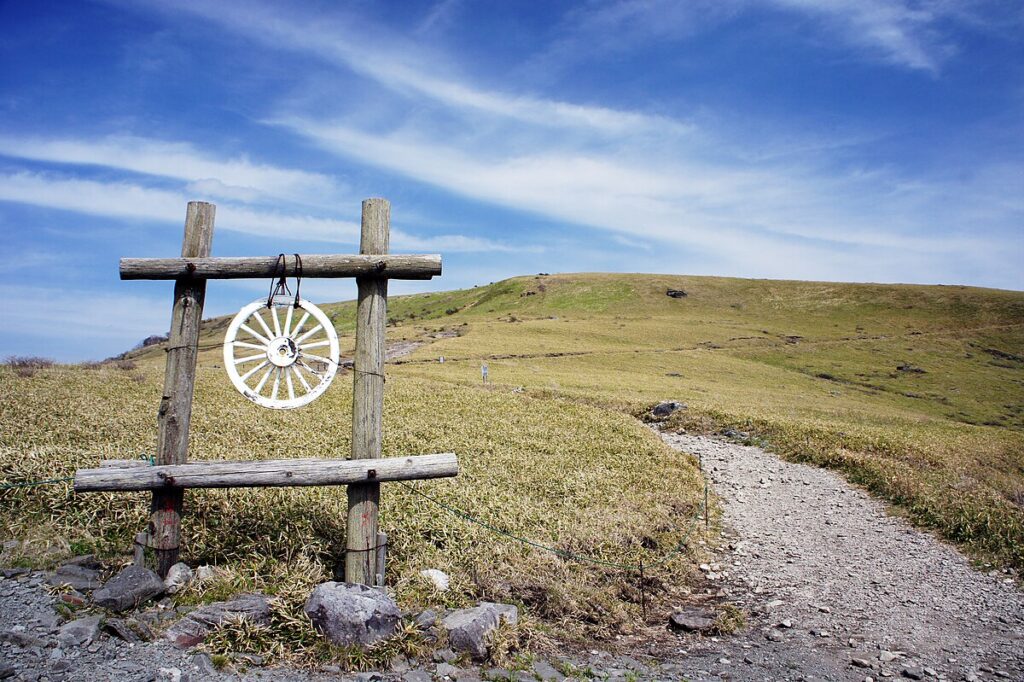Tourist attractions--archive--
-

Kawaji Onsen (Nikko City, Tochigi Prefecture)
Kawaji Onsen (Nikko City, Tochigi Prefecture) Overview (History, Features, and Attractions) Kawaji Onsen is a quiet hot spring resort located upstream of the Kinugawa River, with inns and lodgings scattered along the mountain stream. It has been popular as a therapeutic hot spring resort since the Edo and Meiji periods, and was developed as a tourist destination after the war. The hot spring town is surrounded by nature and features a... -

Yabakei (Nakatsu City, Oita Prefecture)
Overview (History, Features, and Attractions) Yabakei is a scenic valley located in Nakatsu City, Oita Prefecture. Its natural landscape, comprised of cliffs, oddly shaped rock formations, and deep, beautiful valleys, is captivating. Characterized by columnar joints and rock walls formed by volcanic activity and years of river erosion, the landscape changes with the seasons, particularly with the fresh greenery and autumn foliage. -

Futami Okitama Shrine (Ise City, Mie Prefecture)
Overview (History, Features, and Attractions) Futami Okitama Shrine is an ancient shrine located in Futami-cho, Ise City, Mie Prefecture. It has long been a place of worship related to the sea and sunrise. Known as a place for purification rituals before visiting Ise Grand Shrine, the shrine's location overlooking the sea and its beautiful view of the ocean on the opposite shore... -

Nakijin Castle Ruins (Nakijin Village, Okinawa Prefecture)
Overview (History, Features, and Attractions) Nakijin Castle Ruins is a castle (gusuku) from the Ryukyu Kingdom era located in Nakijin Village in the northern part of Okinawa's main island. Believed to have been built around the 14th century, it once played an important role as the base of the Hokuzan King. Made of piled coral limestone... -

Cape Irozaki (Minamiizu Town, Shizuoka Prefecture)
Overview (History, Features, and Attractions) Irozaki is a cliff-like cape located in Minamiizu Town, Kamo District, Shizuoka Prefecture, near the southern tip of the Izu Peninsula. Its majestic landscape jutting out into the Pacific Ocean and its striking white lighthouse have made it an important landmark for fishing and maritime traffic since ancient times. The cliffs and oddly shaped rocks... -

Nusamai Bridge (Kushiro City, Hokkaido)
Overview (History, Features, and Attractions) Nusamai Bridge is a representative bridge over the Kushiro River that flows through downtown Kushiro, Hokkaido, and is one of the city's landmarks. Its name, "Nusamai," is said to be derived from the Ainu language, and remains a name connected to the region's history and nature. -

Tonohetsuri (Shimogo Town, Fukushima Prefecture)
Overview (History, Features, and Attractions) "To-no-Hetsuri" is a scenic valley located in Shimogo Town, Minamiaizu District, Fukushima Prefecture. Its distinctive features include a mountain stream and a group of unusually shaped rocks rising in the shape of pillars and towers. In the local dialect, "Hetsuri" means "cliff," and the area is made of tuff (rock formed from solidified volcanic ash) formed by erosion by the river over many years. -

Shikisai no Oka (Biei, Hokkaido)
Shikisai no Oka (Biei, Hokkaido) Overview (History, Features, and Attractions) Shikisai no Oka is a tourist flower field spot that spreads across the hilly region of Biei. Colorful flowers are planted in a patchwork pattern on the slopes, and their changing appearance with each season from spring to autumn is a major attraction. The fields are... -

Kirigamine (Chino City, Nagano Prefecture)
Overview (History, Features, and Attractions) Kirigamine is a plateau (highland plateau) stretching across the area surrounding Chino City and Suwa County in Nagano Prefecture. Located on the southern side of the Yatsugatake mountain range, it is a representative highland resort. The plateau stretches from 1,400 to 1,900 meters above sea level, and is characterized by its rolling grasslands and marshland landscapes. -

Matsusaka Castle (Matsusaka City, Mie Prefecture)
Overview (History, Features, and Attractions) Matsusaka Castle is a castle ruin in Matsusaka City, Mie Prefecture, originally built at the end of the Sengoku period. It is deeply connected to the development of the castle town of Matsusaka, and is characterized by the remaining remains of stone walls, moats, and enclosures. During the Edo period, it served as the domain's administrative headquarters...



